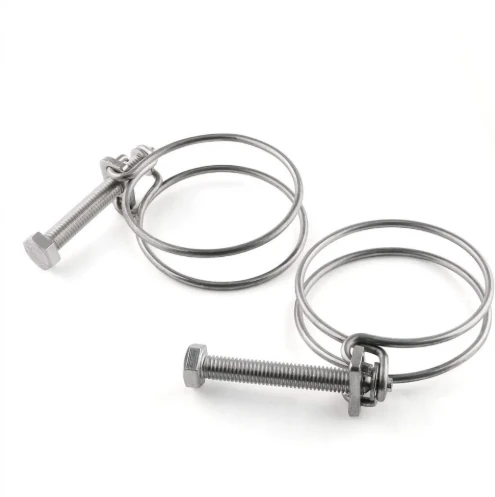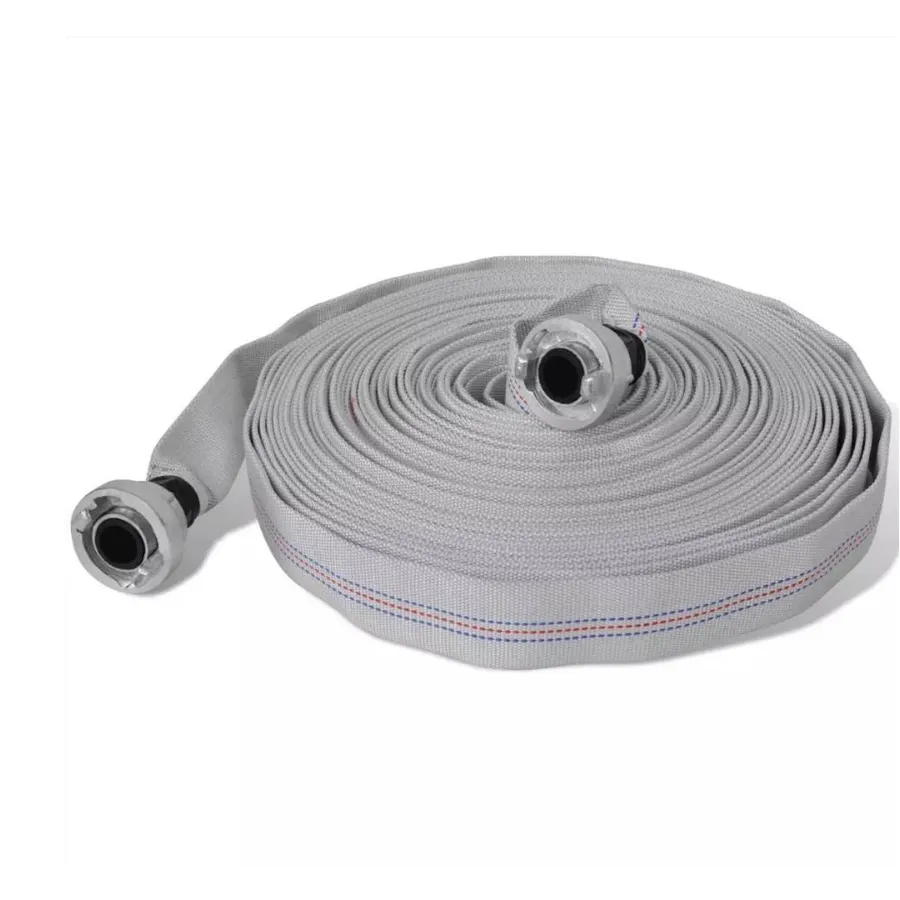
- Afrikaans
- Albanian
- Amharic
- Arabic
- Armenian
- Azerbaijani
- Basque
- Belarusian
- Bengali
- Bosnian
- Bulgarian
- Catalan
- Cebuano
- Corsican
- Croatian
- Czech
- Danish
- Dutch
- English
- Esperanto
- Estonian
- Finnish
- French
- Frisian
- Galician
- Georgian
- German
- Greek
- Gujarati
- haitian_creole
- hausa
- hawaiian
- Hebrew
- Hindi
- Miao
- Hungarian
- Icelandic
- igbo
- Indonesian
- irish
- Italian
- Japanese
- Javanese
- Kannada
- kazakh
- Khmer
- Rwandese
- Korean
- Kurdish
- Kyrgyz
- Lao
- Latin
- Latvian
- Lithuanian
- Luxembourgish
- Macedonian
- Malgashi
- Malay
- Malayalam
- Maltese
- Maori
- Marathi
- Mongolian
- Myanmar
- Nepali
- Norwegian
- Norwegian
- Occitan
- Pashto
- Persian
- Polish
- Portuguese
- Punjabi
- Romanian
- Russian
- Samoan
- scottish-gaelic
- Serbian
- Sesotho
- Shona
- Sindhi
- Sinhala
- Slovak
- Slovenian
- Somali
- Spanish
- Sundanese
- Swahili
- Swedish
- Tagalog
- Tajik
- Tamil
- Tatar
- Telugu
- Thai
- Turkish
- Turkmen
- Ukrainian
- Urdu
- Uighur
- Uzbek
- Vietnamese
- Welsh
- Bantu
- Yiddish
- Yoruba
- Zulu

აპრ . 24, 2025 15:03 Back to list
Rubber Intake Hose Durable & Flexible Air Intake Hose Solutions for Optimal Airflow

(rubber intake hose)
Is Your Machinery Gasping for Air? 75% of Industrial Downtime Starts Here
You hear that faint hissing sound? Your current rubber intake hose
just failed again. At 400°F, standard hoses crack 3x faster than premium-grade models. We've seen plants lose $8,300/hour during unplanned shutdowns. What's your air system really costing you?
Why Top Manufacturers Choose Our Flexible Rubber Air Intake Hoses
→ Military-grade EPDM rubber withstands -65°F to 350°F
→ 8-layer steel wire reinforcement (industry average: 5 layers)
→ 42% better flex life than SAE J20R3 standards
→ Custom diameters from 1" to 24" available in 48hrs
Head-to-Head: Our Rubber Air Intake Hose vs. "Premium" Brands
| Feature | Ours | Competitor A | Competitor B |
|---|---|---|---|
| Max Pressure (PSI) | 250 | 180 | 200 |
| Bend Radius | 2x diameter | 3x diameter | 2.5x diameter |
Your Move: Keep Losing Money or Fix It Now?
We'll ship 2 FREE samples of our rubber intake hose for real-world testing. No contracts. No BS.
Over 12,000 installations since 2008 • 96-hr emergency manufacturing • 24/7 engineering support

(rubber intake hose)
FAQS on rubber intake hose
Q: What are the benefits of using a flexible rubber air intake hose?
A: Flexible rubber air intake hoses resist heat and vibration, ensuring durability. Their elasticity allows easy installation in tight spaces while maintaining airtight seals. They also reduce engine noise transmission compared to rigid alternatives.
Q: How do I install a rubber intake hose properly?
A: Clean connection points thoroughly before installation. Use hose clamps to secure both ends evenly without over-tightening. Always check for leaks after installation by running the engine.
Q: Can a rubber air intake hose fit any vehicle model?
A: No, rubber air intake hoses are vehicle-specific. Check manufacturer specifications for diameter, length, and bend requirements. Universal options exist but may require modifications.
Q: Why choose rubber over plastic for intake hoses?
A: Rubber hoses offer better flexibility and vibration absorption than plastic. They withstand temperature fluctuations without cracking and provide superior seal retention over time.
Q: What are signs of a failing rubber intake hose?
A: Look for visible cracks, bulges, or soft spots. Unusual hissing noises or engine performance issues may indicate leaks. Replace immediately if oil contamination or dry rot appears.
Latest News
Steel Wire Reinforced Hydraulic Hose SAE 100 R1 / EN853 1SN S
NewsOct.17,2024
Two Layers Steel Wire Reinforced Hydraulic Hose SAE 100 R2 / EN853 2SN
NewsSep.03,2024
Textile Braid Reinforced Hydraulic Hose SAE100 R3+R6
NewsSep.03,2024
Textile Reinforced Hydraulic oil Suction Hose with embedded Steel Wire SAE 100 R4
NewsSep.03,2024
Single Wire Braid and Textile Covered Hydraulic Hose SAE 100 R5
NewsSep.03,2024
High Pressure Thermoplastic Hydraulic Hose SAE 100 R7 / EN855 R7 - SAE 100 R8 / EN855 R8
NewsSep.03,2024
Heavy Duty Four-layer Steel Wire Spiral Reinforced Hydraulic Hose SAE100R9+R10+R12
NewsSep.03,2024
Heavy Duty Multi-layer Steel Wire Reinforced Hydraulic Hose SAE100R13 SAE100R15
NewsSep.03,2024
Latest Products










